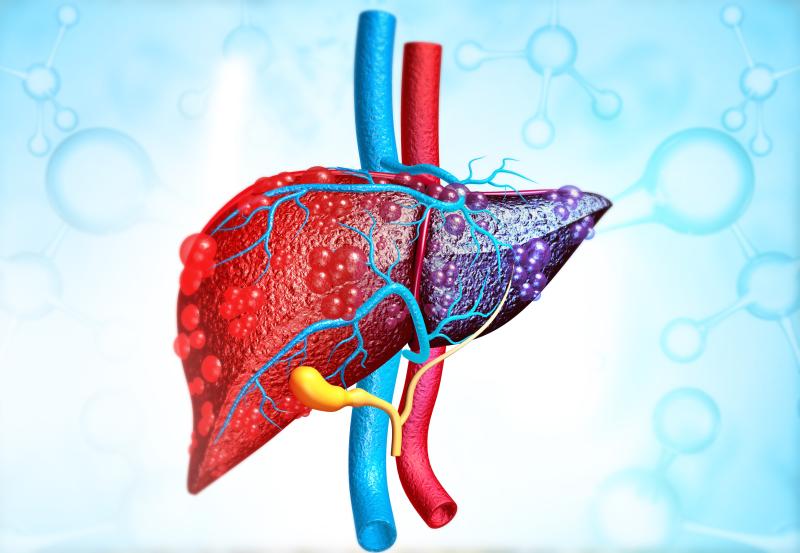
Healthy patients with significant fibrosis related to nonalcoholic fatty liver disease (NAFLD) are at a higher risk of developing type 2 diabetes mellitus (T2DM) and arterial hypertension (AHT), a recent study has shown.
The study included 178 patients (mean age, 44.5±12 years; 56 percent male) with biopsy-proven NAFLD, but who were metabolically healthy, as defined by a baseline absence of T2DM, AHT, and dyslipidaemia. Fibrosis measures included the Hepamet Fibrosis Score (HFS), NAFLD Fibrosis Score, and FIB-4. Outcomes were changes in metabolic health.
Patients were followed for an average of 5.6±4.4 years, during which time nine percent (n=16) developed T2DM and 8.4 percent (n=15) developed AHT. Low high-density lipoprotein levels were reported in 9.6 percent (n=17), while hypertriglyceridemia was observed in 23.6 percent (n=42). Only one death was reported.
T2DM occurred significantly more commonly among patients with significant vs mild fibrosis (17.1 percent vs 7 percent; p=0.006). This was further confirmed by multivariate analysis, which found that significant fibrosis increased the risk of T2DM (hazard ratio [HR], 2.95, 95 percent confidence interval [CI], 1.19–7.31; p=0.019).
Similar patterns were observed with AHT, which occurred more frequently in those with significant fibrosis (17.1 percent vs 6.3 percent; p=0.005). In turn, significant fibrosis emerged as an important risk factor for AHT (HR, 2.39, 95 percent CI, 1.14–5.10; p=0.028).
Other important risk factors for both metabolic outcomes included age, body mass index, and glucose concentration.